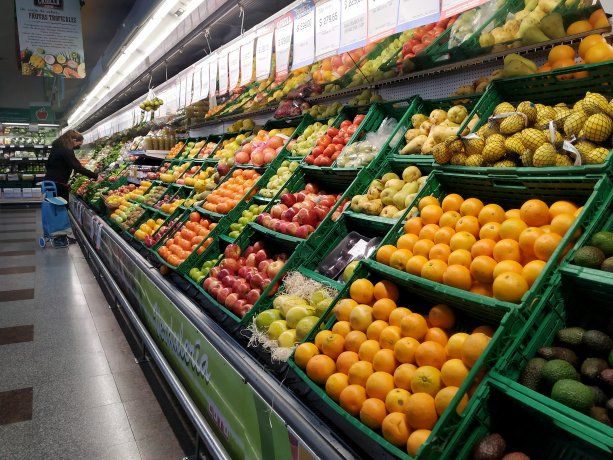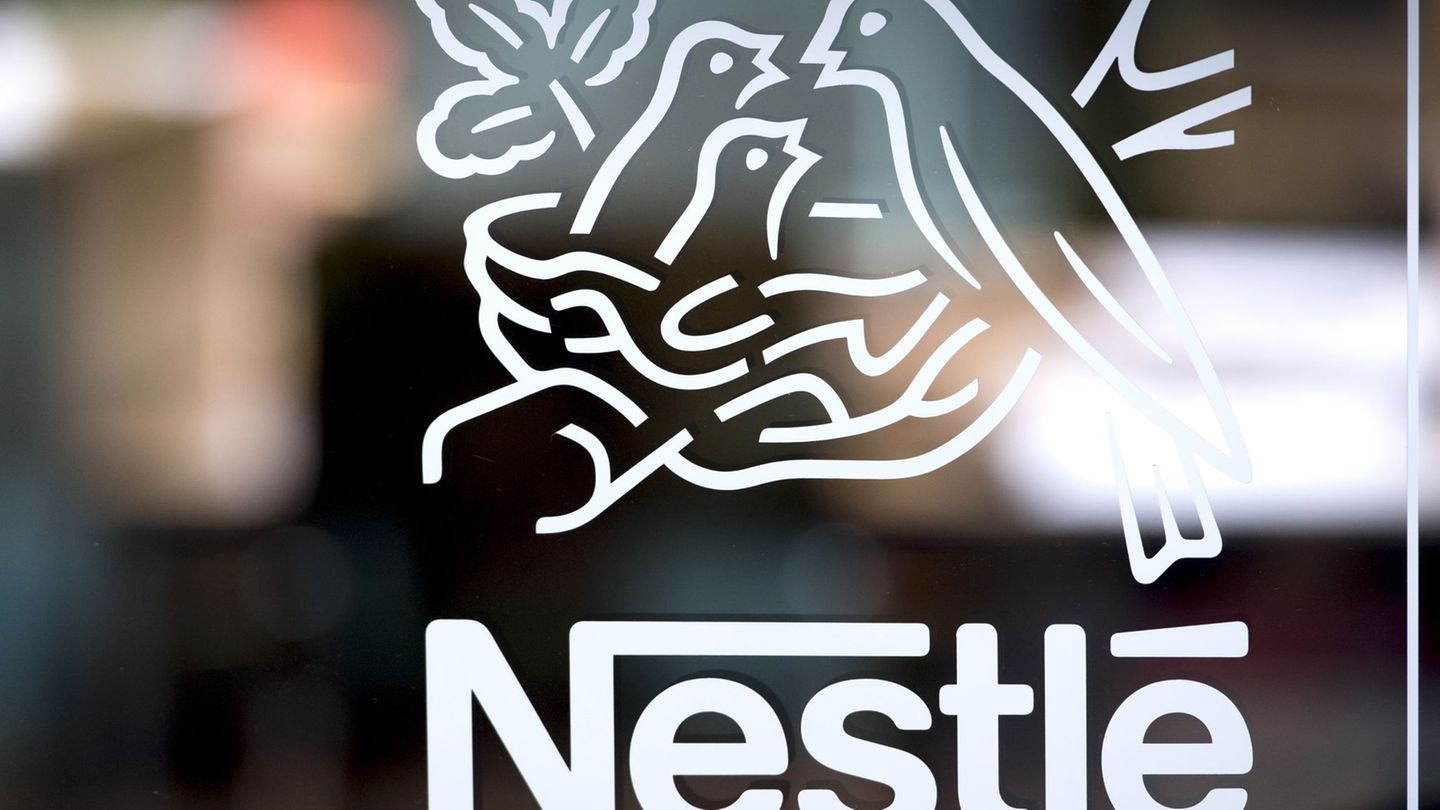The fall in the price gap between the Central Market and supermarkets reflects both the contraction of consumption and the unequal variations in the prices of fruits and vegetables, with a marginal impact on the CPI due to their low weighting in the basket of products of the INDEC.
lThe price gap between fruits, vegetables and vegetables in the Central Market and the main supermarket chains in the City of Buenos Aires and the suburbs It reached its lowest level in the last two years in September. The average difference between prices in the Central Market and supermarkets fell to 95.7% in September, compared to 118.1% recorded in August. This drop represents the first time since July 2022 that the difference is below 100%.
The content you want to access is exclusive to subscribers.
Likewise, the evolution of prices in the Central Market and projects the increase in prices in the CPI of the Vegetables, Tubers and Legumes segment (potato, tomato, pumpkin, onion, lettuce and sweet potato), which, together, represent 75.3% of the marketing volume of the Central Market of Buenos Aires (MCBA) and the main fruits (banana, lemon, apple and orange), which represent 55% of the commercialized volume , according to a survey by the Center for Argentine Political Economy (CEPA).


“In the month of September, the segment of the 6 most sold species in the MCBA registered a reduction of 3.2% in the weighted average. However, The historical correlation shows that this evolution would impact a slight increase, of 3.2%, in the VTL segment of the CPI compared to last month. In this way, the weight of the Food and Non-alcoholic Beverages division, which is 2.2% in the CPI, would show an increase of 0.07% in prices for the month of September,” the document states.
Fall in consumption and adjustment of margins
The decrease in the price gap occurs in a context of contraction in consumption, which has led businesses to adjust their profit margins in an effort to sell perishable products such as fruits and vegetables more quickly. Lower demand has forced supermarkets to reduce prices to avoid losses on products that spoil quickly.
The CEPA report reveals that price variations between different product groups have been uneven. While the Vegetables, Tubers and Legumes (VTL) segment registered a decrease of 3.2% in September, the fruit segment showed an increase of 6.8%.
Fruits vegetables Inflation Inflation Supermarket CPI Prices Basic Food Basket

The decrease in the price gap occurs in a context of contraction in consumption.
Ignacio Petunchi
However, the impact of these changes on the Consumer Price Index (CPI) would be marginal, because the weighting of these products in the Food and non-alcoholic beverages category within the INDEC basket is low.
Details of price variations
Within the VTL segment, there were products with notable increases and reductions. Pumpkin led the price increases with an increase of 59.1%, followed by sweet potatoes with 6.5% and tomatoes with 5%. On the opposite side, onion experienced a sharp drop of 30%, lettuce fell by 26.2% and potatoes decreased slightly by 1.6%.
In interannual terms, the variation of the segment was 257%. Lettuce showed the greatest year-on-year increase, with 647.4%, while tomato had the highest accumulated variation in the first nine months of 2024, reaching 433.7%.
These fluctuations in fruit and vegetable prices reflect market conditions, which continue to be influenced by factors such as supply, demand and weather conditionsas well as the pricing strategies of supermarkets and the Central Market.
Source: Ambito
I am Pierce Boyd, a driven and ambitious professional working in the news industry. I have been writing for 24 Hours Worlds for over five years, specializing in sports section coverage. During my tenure at the publication, I have built an impressive portfolio of articles that has earned me a reputation as an experienced journalist and content creator.




